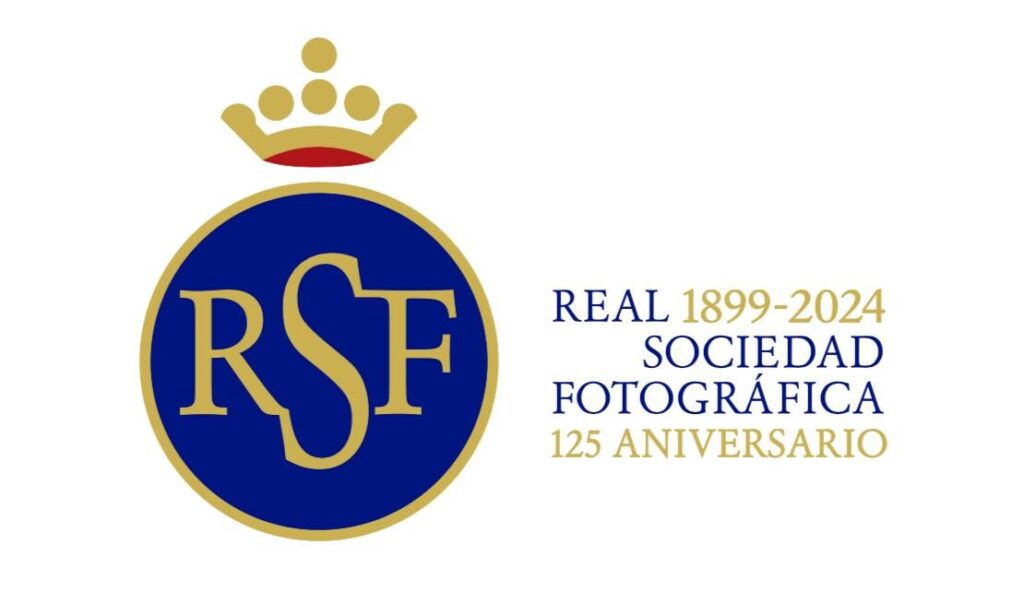I am thrilled to announce my recent appointment as a Member of the Board of Directors at the esteemed Royal Photographic Society of Spain (Real Sociedad Fotográfica). It is with great pride and humility that I step into this role, becoming the first foreigner to hold such a position in the Society’s rich history.
Founded in 1899, the Royal Photographic Society of Spain has been a beacon of artistic expression and cultural heritage for over a century. As a non-profit association, its mission is to promote and disseminate the art of photography, celebrating its profound impact on society and culture.
Throughout its storied history, the Society has borne witness to the evolution of Spain, capturing and preserving the essence of its most pivotal moments. Looking ahead, the Society is committed to embracing innovation and inclusivity while staying true to our heritage and values. We aim to expand our reach and impact, engaging with diverse communities and fostering collaboration both within Spain and on an international scale. Our goal is to continue inspiring photographers of all backgrounds and skill levels, providing them with opportunities to learn, grow, and share their passion for photography.
I am incredibly grateful for this opportunity and look forward to collaborating with my esteemed colleagues and the broader photography community to chart an exciting course for the future of the Royal Photographic Society of Spain. Together, we will honor the rich legacy of the Society while embracing the opportunities and challenges of the digital age.

About this history of The Royal Photographic Society of Spain: (kindly visit the website in Spanish for more information about the Society)
The Royal Photographic Society of Madrid was founded on December 15, 1899, with Don Manuel Suarez Espada as President and Don Antonio Cánovas as Vice President, known as “Kaulak.” The society, initially comprising 55 members from the aristocracy and upper bourgeoisie, quickly gained prominence. Despite initial skepticism, photography became popular among the Spanish elite. The society organized the first International Photography Salons in Spain and published La Fotografía magazine to disseminate knowledge.
In the 1920s, Spanish photography thrived, albeit somewhat behind European trends due to socio-political circumstances. The Real Sociedad Fotográfica embraced the Pictorialism movement, adding to its richness with the work of amateur photographers. Despite changes in socio-political climates, Pictorialism persisted in Spain until the 1940s.

Under Franco’s dictatorship, Spanish society faced isolation, impacting all artistic endeavors. Yet, cultural activities endured, including the publication of Sombras magazine in 1944. The 1950s to the late 1970s saw significant contributions from the Real Sociedad Fotográfica, especially with the emergence of social photography and the establishment of the Escuela de Madrid.
The transition to democracy in Spain ushered in new opportunities for artistic expression, exemplified by the publication of Nueva Lente in 1971. Since the 1990s, photography has gained widespread recognition as an art form in Spain, prompting institutional and academic interest in documenting its evolution. Institutions like the Real Sociedad Fotográfica play a vital role in preserving and disseminating Spain’s photographic heritage for future generations.
